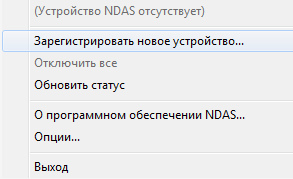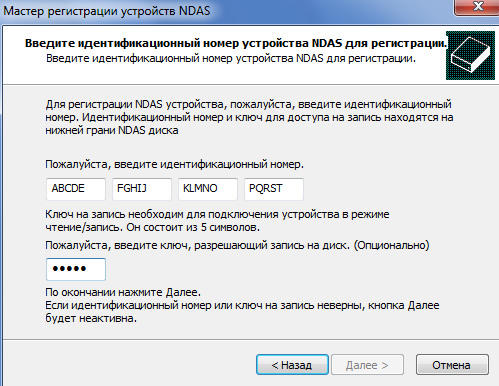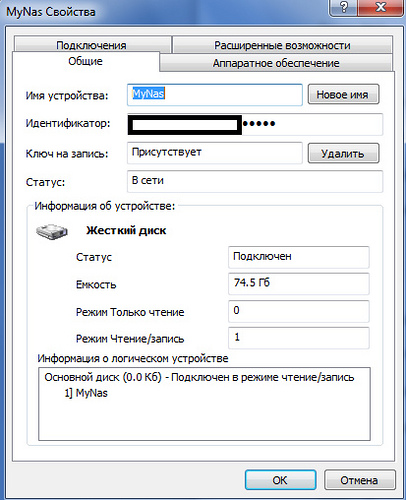IOCELL Netdisk: Unusual NAS

Network storage on the market represented a lot. Big and small, fast and slow, good and different. We are so accustomed to them that, it seems, nothing the manufacturers can not surprise the sophisticated audience. Well, NAS. Well, it connects through the network. Surely because via SMB or NFS, according to an old friend of TCP / IP, with an almost “standard” web interface.
All the more pleasant when there are unexpected exceptions, the novelty of the solutions used causes at least a raised eyebrow and the surprised “Wow!” Netdisk SOLO and Netdisk DUO from IOCELL that fell into my hands are a living example.
What is unusual about them?
Great and terrible NDAS
The devices are positioned as NDAS (Network Direct Attached Storage), that is, despite the fact that they are connected via a normal Ethernet network, the TCP / IP protocol stack is not used for information exchange. The client computer sees the storage not as a network drive or a ball, but as ... a regular, directly connected, SCSI hard disk.
')

The proprietary protocol LPX is responsible for communicating the repositories with clients and with each other, which means:
- To work with devices via the network, you must install the driver.
- The device must be in the same network level 2 with all clients, to organize access through routers will not work.
- Connecting to the device without someone having a driver (read, an attacker) becomes very, very difficult.
Let's take a closer look.

IOCELL Netdisk supports installation of 1 (SOLO model) or 2 (DUO model) of SATA hard drives, and DUO allows you to immediately assemble a RAID 0 or 1 array from them. The discs are supported with a capacity of up to 4TB, but at once I want to note that there are no discs in the package.
You can connect to a computer either directly via eSATA or USB 2.0, or via Ethernet (all three cables are included, which, you see, is nice). The manufacturer strongly discourages connection via 10MB or 802.11b networks, possible connection problems are reported.
Connection process
simple as an orange, and looks like this:1. Put the driver
Officially supported operating systems Windows 7 / Vista / XP / 2003/2000. It also claims to work with MAC OS X and Linux, but NDAS drivers for them have poorer functionality. So, in MAC OS X you cannot connect several computers to the storage with write access - only one can write. In Linux, this is possible, but requires the use of special file systems. Finally, only in Windows can you build (and further grow!) A RAID array from several separate NETDISK storages.
2. Connect the device

We fill the fields with the values from the sticker on the device. If you plan to write access from the client, enter the second code.

3. Voila, you have a new device. You can use as you like (format, etc). In the control program hanging in the tray, you can see the characteristics of the device, a list of connected clients and their rights.

And finally, about speed
The manufacturer claims a significant superiority of NDAS over colleagues, and he, characteristically, does not deceive. Using LPX really gives a boost - I obtained an average of 25MB / s for writing and 60MB / s for reading (in a 1Gb / s network, without RAID), which is very good for network data storage of such a price category.
By the way, about the price. The cost of the devices (in the stores of Moscow today SOLO costs about 3,500 rubles, DUO - about 4,800 rubles) is very attractive and competitive.
Summing up:
+ Speed
+ Security
+ Scalability
+ Interfaces for every taste and color
+ Built-in RAID controller (DUO model)
+ Access as in DAS (do what you want with the hard drive!)
- Limited support for non-Windows operating systems
- Clients need to be on the same L2 network with storage
- Lack of ability to control the device without installing drivers
- Lack of "goodies" type of embedded torrent client
Manufacturer Website: www.iocellnetworks.com
Source: https://habr.com/ru/post/131059/
All Articles